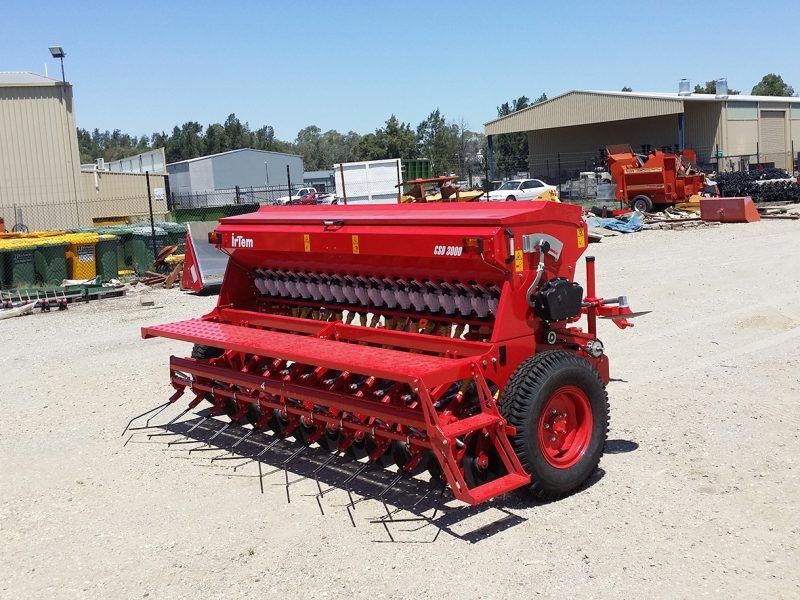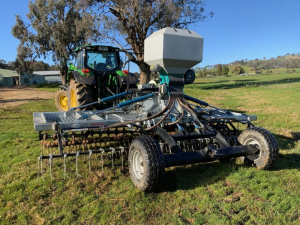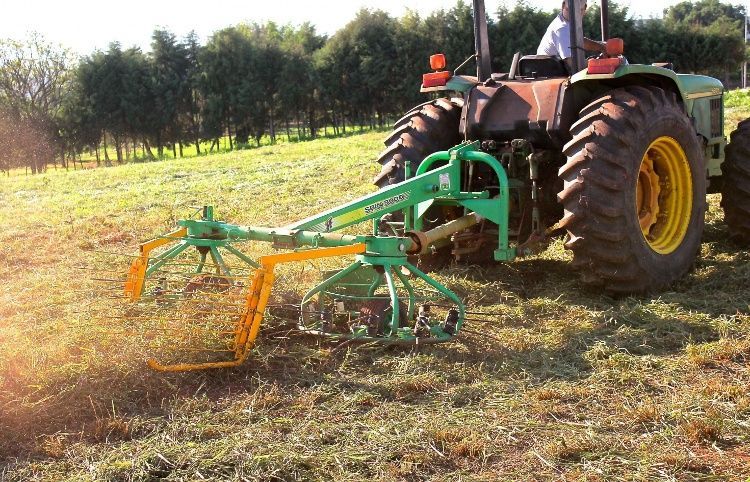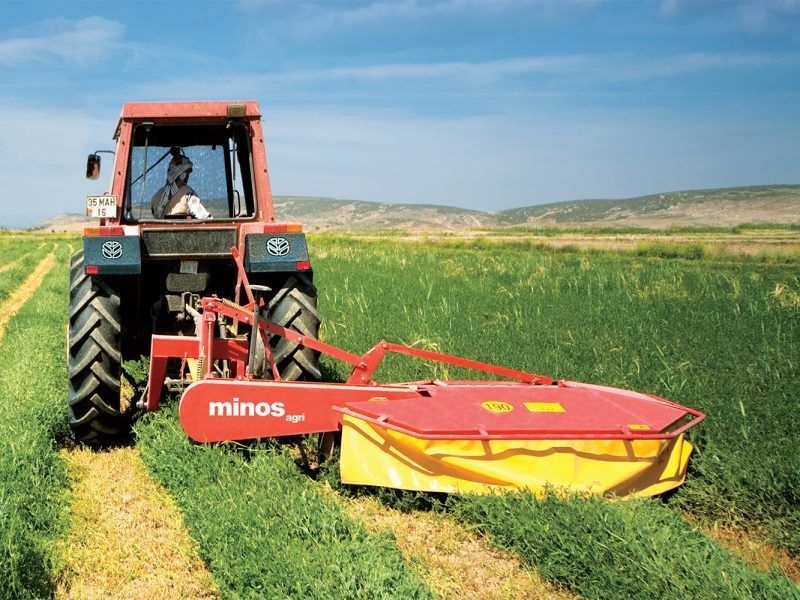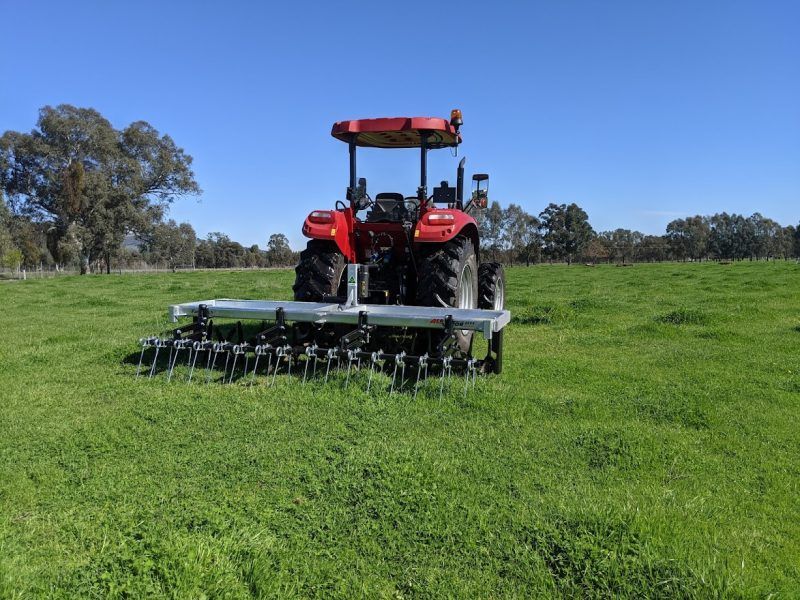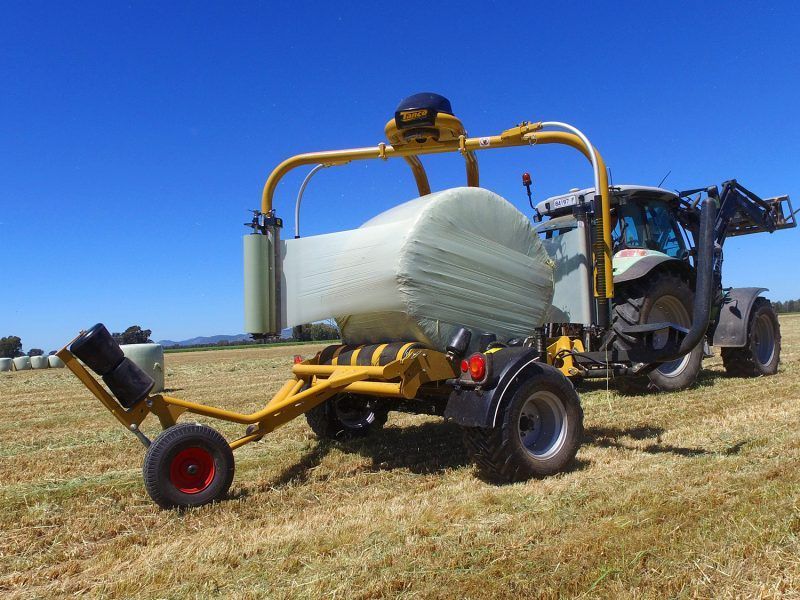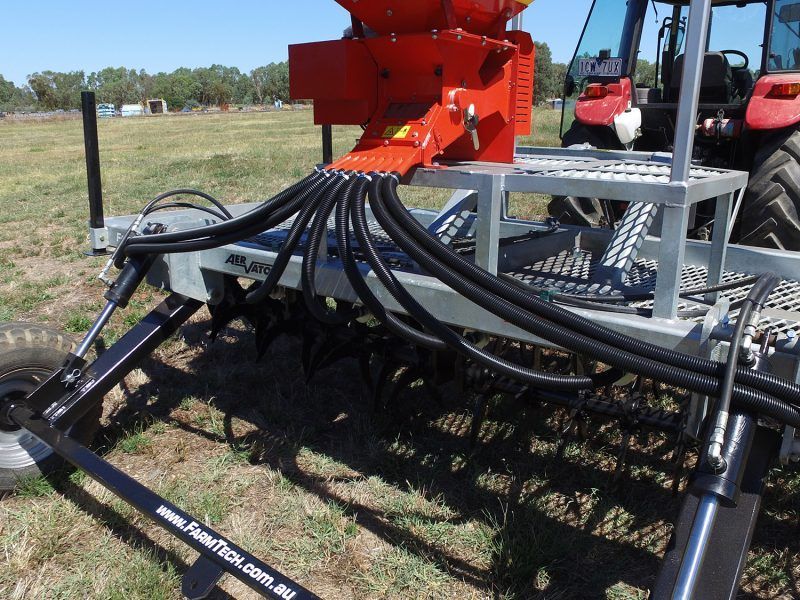Harrow Agriculture: Reasons For Harrowing
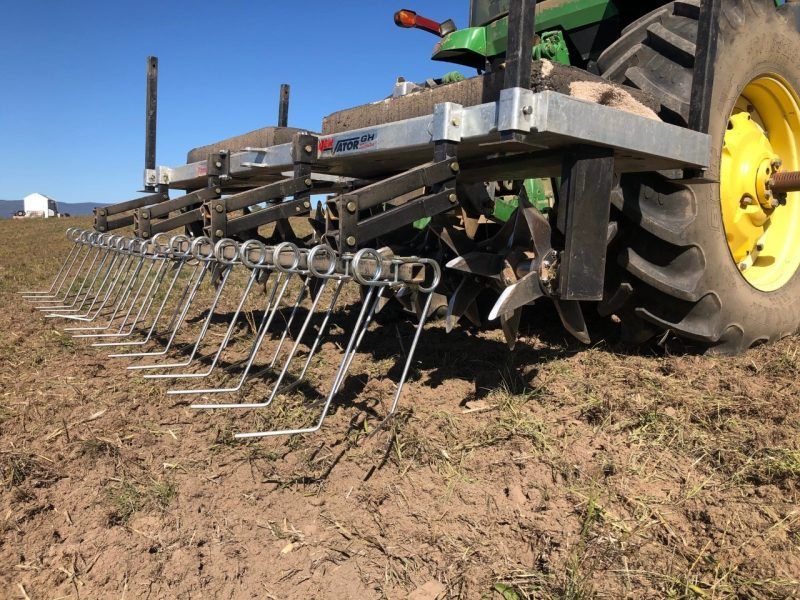
Keeping your pastures well maintained is always a challenge. However, harrowing and Tilling are both integral for your pasture’s renovation. It’s important that you know exactly how to tend to your field, so you don’t end up doing lasting damage.
Though ploughing is something known even outside farming circles, many people aren’t familiar with harrowing farming. It’s easy to get these two confused, but they both have specific objectives.
What is Harrowing?
After a field has been ploughed a harrow will break up the soil, digging up weeds and shallow rooted grass. This allows for the stimulation of growth with the teeth of the harrow digging up clumps of soil and producing an even seedbed. Unlike a cultivator, harrows are used for the processing of an entire field right after it has been ploughed.
Harrowing Benefits
Eliminates clumping and sod
If you’re a relatively experienced farmer, you’ll be familiar with clumping after tillage equipment. If you’ve ever gone through your field thinking it was ready for seeding only to discover that the soil has clumped, harrowing is one of the most effective ways to eliminate these clumps.
Oftentimes, excessive soil clumping is caused by ploughing, which is why harrowing is recommended post plough. Harrow’s are also a great tool for breaking up any sod and mixing it into the ground.
Tilling
Harrowing is a form of tilling, which is one of the best final measures you can do before you plant your seeds. Because harrows offer a fine, even layer of soil, your crop rows will be ready for seeding much quicker. This fine soil is also easily susceptible to the spreading of manure, which helps cultivate the growth of sowed crops.
Types Of Harrows
Disc Harrow
Disc harrows are made of vertically aligned discs that run your soil as it’s dragged along. These types of harrows are often used to break up chunks of earth and to provide a midpoint between your plough and other lighter harrows.
Tine Harrow
Tine harrows are the opposite of disc harrows. They are often used for light applications, like preparing your soil for seeding. These types of harrows are ideal for removing weeds and smoothing out the topmost level of your ground. Tine harrows make it easier for the soil to absorb water.
Chain Harrow
Chain harrows have vast applications depending on the weight of the chain. A lighter chain harrow can be used similarly to a tine harrow. Heavier tines will most likely be used to resurface heavier clods out of the ground.
Power Harrow
The power harrow is a type of tine harrow. Their tines are rotated by a power source, they are used for soil tillage and seed-bed preparation on farms. These types of models have taken over larger-scale harrowing operations.
These are some of the highlights and benefits of harrowing for your farm. Harrows are an incredibly versatile tool that offers a wide range of applications. If you’re thinking of investing in one of these machines, our team at Farmtech can offer advice for your purchase.
With over 23 years of experience in importing, exporting and manufacturing specialised farm machinery, we understand the needs of the Australian Farming industry.
If you’re interested in any of the products listed above or have any more questions regarding our other farming machinery available, give us a call on (02) 8776 3354 or get in contact with us at sales@farmtech.com.au.
Learn more about using a field sprayer



